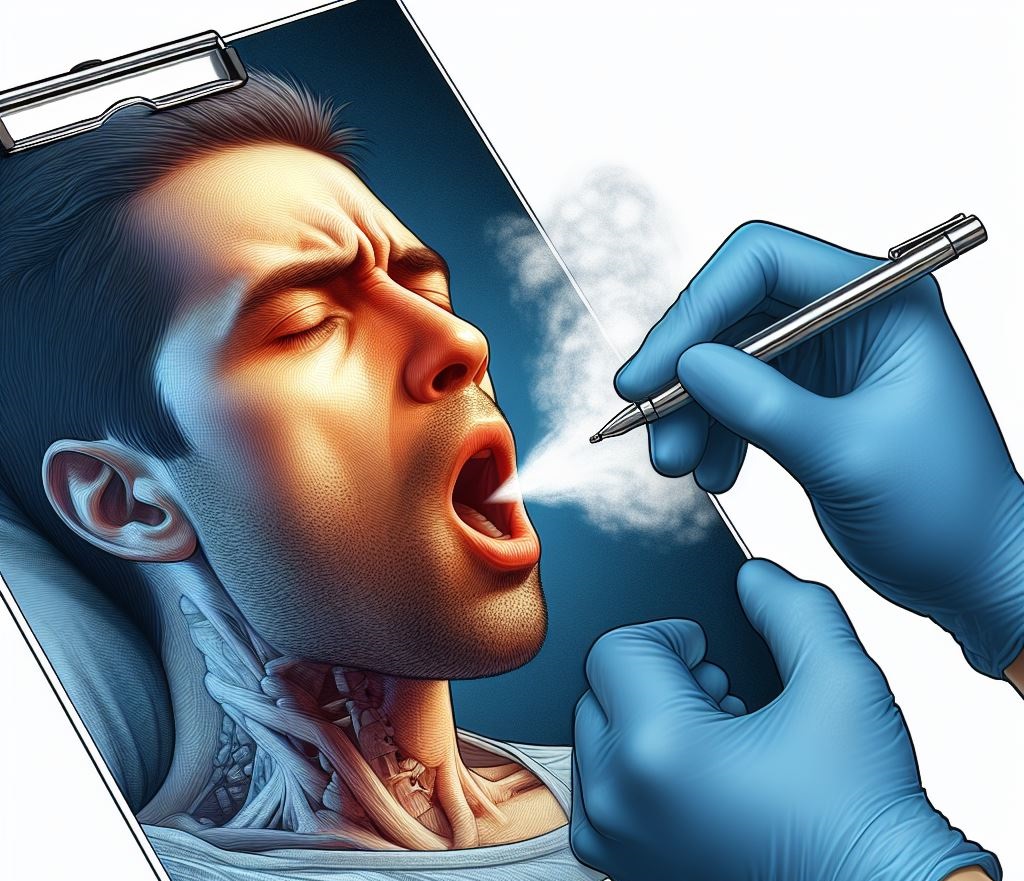In a groundbreaking development, Google’s machine learning system, Health Acoustic Representations (HeAR), has demonstrated remarkable efficacy in diagnosing illnesses based solely on the analysis of cough sounds. This innovative approach diverges from conventional diagnostic methods, marking a significant stride towards revolutionizing healthcare accessibility and efficiency.
As the healthcare landscape evolves, HeAR’s potential to democratize diagnostics heralds a new era of personalized and proactive healthcare delivery. In a world where technological advancements continue to reshape the healthcare landscape, HeAR emerges as a beacon of hope, promising transformative solutions to longstanding diagnostic challenges.
The promise of HeAR
Amidst the ongoing quest for more accessible and accurate diagnostic tools, Google’s HeAR system emerges as a beacon of hope. Unlike traditional diagnostic approaches that rely on human expertise and labeled datasets, HeAR harnesses the power of machine learning to decipher the nuances of cough sounds. By leveraging unlabeled audio data, with a particular focus on the impacts of prevalent health conditions such as COVID-19, tuberculosis, and smoking on the human body, HeAR transcends the limitations of conventional diagnostic methodologies.
HeAR’s potential shines through its ability to predict illnesses with unprecedented accuracy. Through rigorous testing, HeAR showcased its prowess in diagnosing tuberculosis and COVID-19 more effectively than conventional machine learning models. This success not only underscores the viability of HeAR as a diagnostic tool but also heralds a paradigm shift in the realm of medical diagnostics. However, amidst the optimism surrounding HeAR’s capabilities, it is imperative to acknowledge the challenges that lie ahead in its journey towards widespread adoption and integration into clinical practice.
Challenges and future prospects
While the strides made by HeAR in diagnosing illnesses are undeniably impressive, its journey towards practical application faces several hurdles. As Google’s Sujay Kakarmath aptly articulates, the next phase involves sharing this groundbreaking technology with the medical community to explore its full potential. The integration of HeAR into clinical practice necessitates collaboration, validation, and refinement to ensure its efficacy across diverse healthcare settings.
Also, the deployment of HeAR in real-world scenarios warrants meticulous scrutiny to address potential pitfalls and refine its diagnostic capabilities. Historical precedents caution against premature optimism, as evidenced by previous setbacks encountered by Google AI systems in clinical deployment. As such, while the prospect of receiving diagnoses through a simple cough holds immense promise, it is essential to temper expectations and approach the integration of HeAR into healthcare systems with cautious optimism.
Embracing machine learning in healthcare diagnostics
In light of the remarkable strides made by Google’s HeAR system in diagnosing illnesses through cough sounds, the future of medical diagnostics appears tantalizingly within reach. However, amidst the excitement surrounding this technological breakthrough, critical questions linger. Will HeAR’s potential be realized, ushering in a new era of accessible and efficient healthcare? Or will challenges impede its integration into clinical practice, relegating it to the realm of unrealized innovation? As the medical community navigates the complexities of adopting machine learning in healthcare, the answers to these questions will shape the trajectory of medical diagnostics in the years to come.
Land a High-Paying Web3 Job in 90 Days: The Ultimate Roadmap
